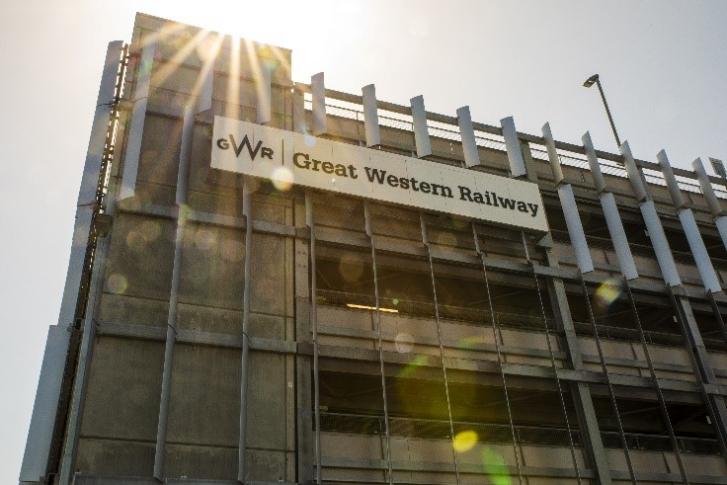
A key gateway to the Science Vale science and technology cluster and the Enterprise Zone including Milton Park, Harwell Campus, and Culham Science Park, improving the usability and capacity of Didcot Station seeks to unlock a number of local economic opportunities.
The development of the station car park has enhanced the prospect of Didcot becoming a garden town, with this status set to galvanise Didcot’s social, cultural, economic, political, and environmental assets as one whole ecosystem, creating an inclusive and holistically planned town of high-quality and affordable housing and cultural amenities, with healthy, sociable, and civic-minded communities at its core.
Didcot Station is the second busiest station in Oxfordshire, dealing with over 3,000,000 passengers every year in the years pre-pandemic, with an annual average increase in passenger numbers of 7.4% year-on-year.
The station is a major hub for trains in the area, with connections to Oxford, Banbury, Reading and London and the car park is the latest stage in its redevelopment. The new car park has a capacity of approximately 1,800 spaces arranged over ground level and upper floors of the multi-storey car park and adjacent external car parking area.
£9.5m funding for the project was secured by OxLEP through the government’s Local Growth Fund, with Great Western Railway and the Department for Transport providing £10.95m match funding and a further £3.3m match from Network Rail.

This new multi-storey car park has improved the experience for all that use the Didcot Parkway station and in keeping with the Funding Agreement (dated February 2017) the project has delivered the following outputs:
- Provision of an additional 910 car park spaces for use by the general public. This takes the total car park spaces to 1805 spaces on the site.
- Covered footbridge leading to the station.




